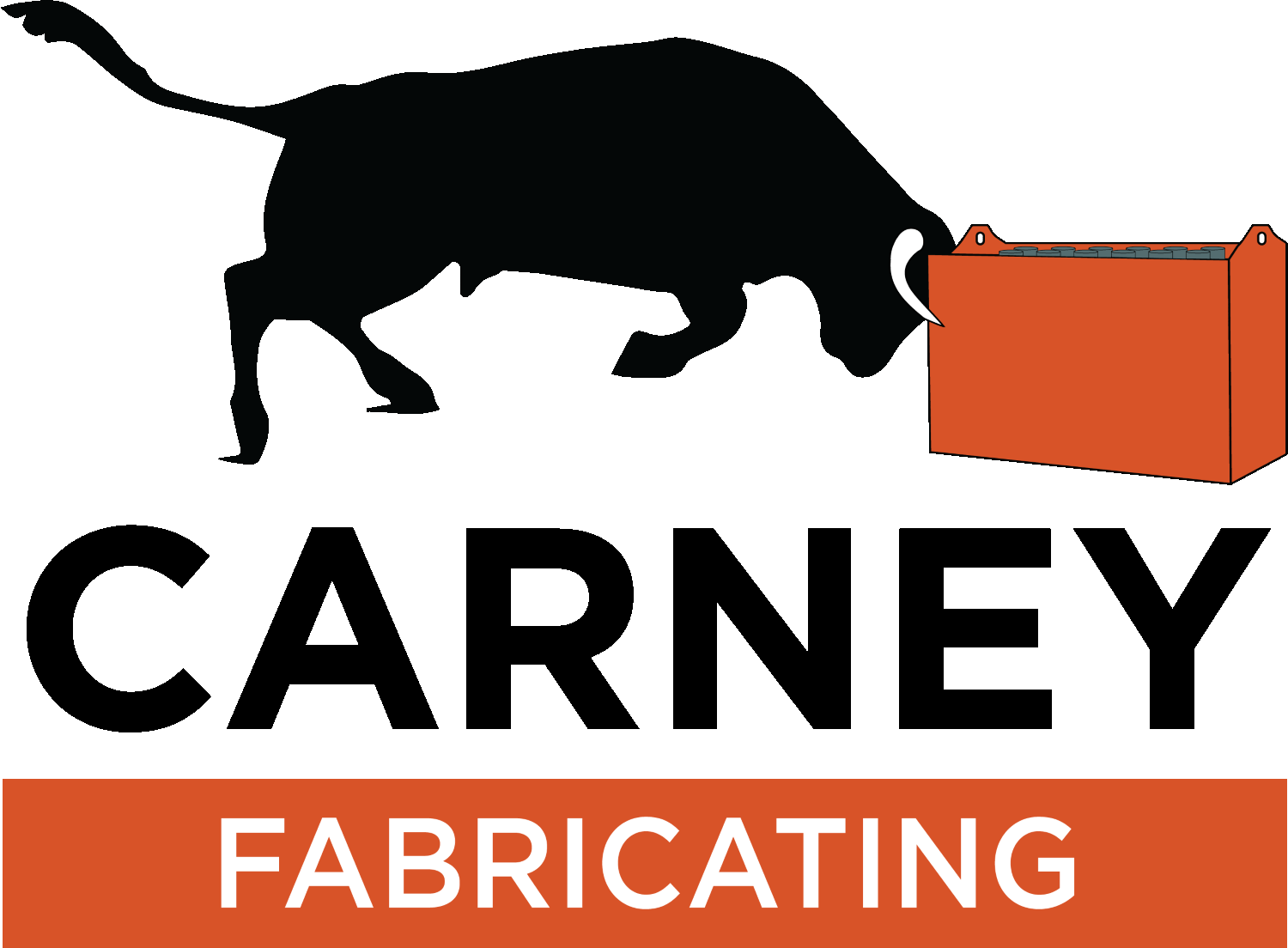Material handling is a complex and crucial part of warehouse operations. Not only does it encompass the movement and protection of materials within a warehouse, it also involves the storage of these materials. Storing these materials is integral to a successful warehouse because proper storage minimizes product damage as well as workplace injuries. The OSHA has guidelines on storage in material handling, some of which we’ve outlined below to help you make your warehouse a safer place.
Use specialized racks for specific materials
The OSHA guideline for material storage states that you should “separate non-compatible material” to prevent creating hazards. This recommendation indicates that every warehouse should have specialized racks for the variety of materials they hold. For example, you shouldn’t store heavy boxed items with sheets of glass, since that could damage the glass. Knowing the materials present in your warehouse is the first step in knowing how to select the right storage for each one.
Follow weight restrictions
This may seem obvious, but it is often overlooked or disregarded due to overconfidence or lack of awareness. However, following weight restrictions is key to avoiding material dropping and workplace injury. If your materials are very heavy, make sure to invest in heavy duty steel racks that can handle the materials in your warehouse.
Do not over stack
Avoid stacking drums, barrels, and other cylinders on top of each other. Instead, try to use pallets or layers between storage units to prevent these materials from rolling off one another. Using these layers will create a stable, flat space for you to store these materials.
Secure boxed material
For materials that are stored in boxes, it is important to band these boxes or secure them with cross-ties or shrink plastic fiber, as the OSHA recommends. This ensures that even if your boxes were to tip, the materials would not spill.
Block the bottom tiers of cylinders
When they are stored on their sides, cylindrical materials such as drums, barrels, and kegs, tend to roll. The OSHA recommends that when storing such materials, you should block the bottom tiers to ensure that they are secure in their storage units.
The key takeaway is that storage is just as important as the movement and protection of the materials in a warehouse. With the proper safety storage processes in place, you can help protect your products, and most importantly, your employees!
_____________________________________________________________________________________________________________________________
REFERENCES
“Materials Handling And Storage | Occupational Safety And Health Administration”.
Osha.gov. N. p., 2017. Web. 29 June 2017.

